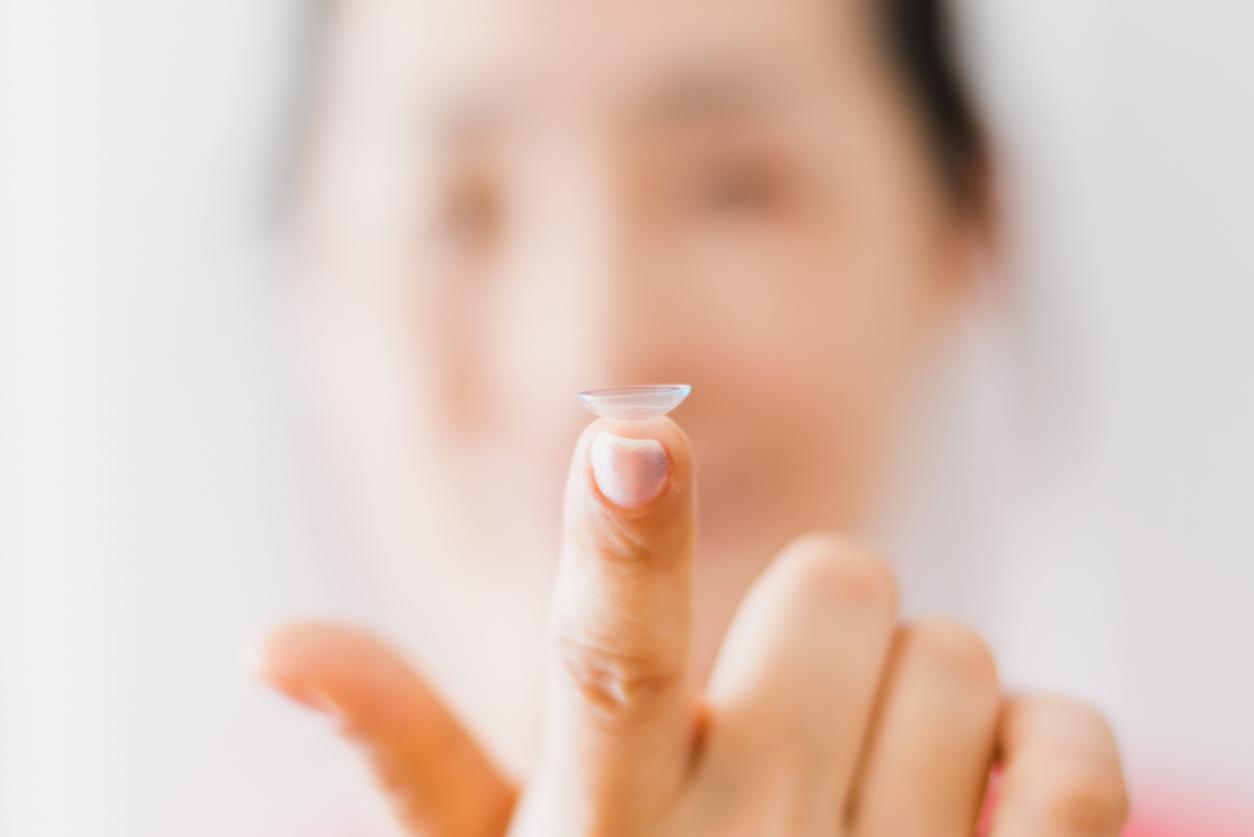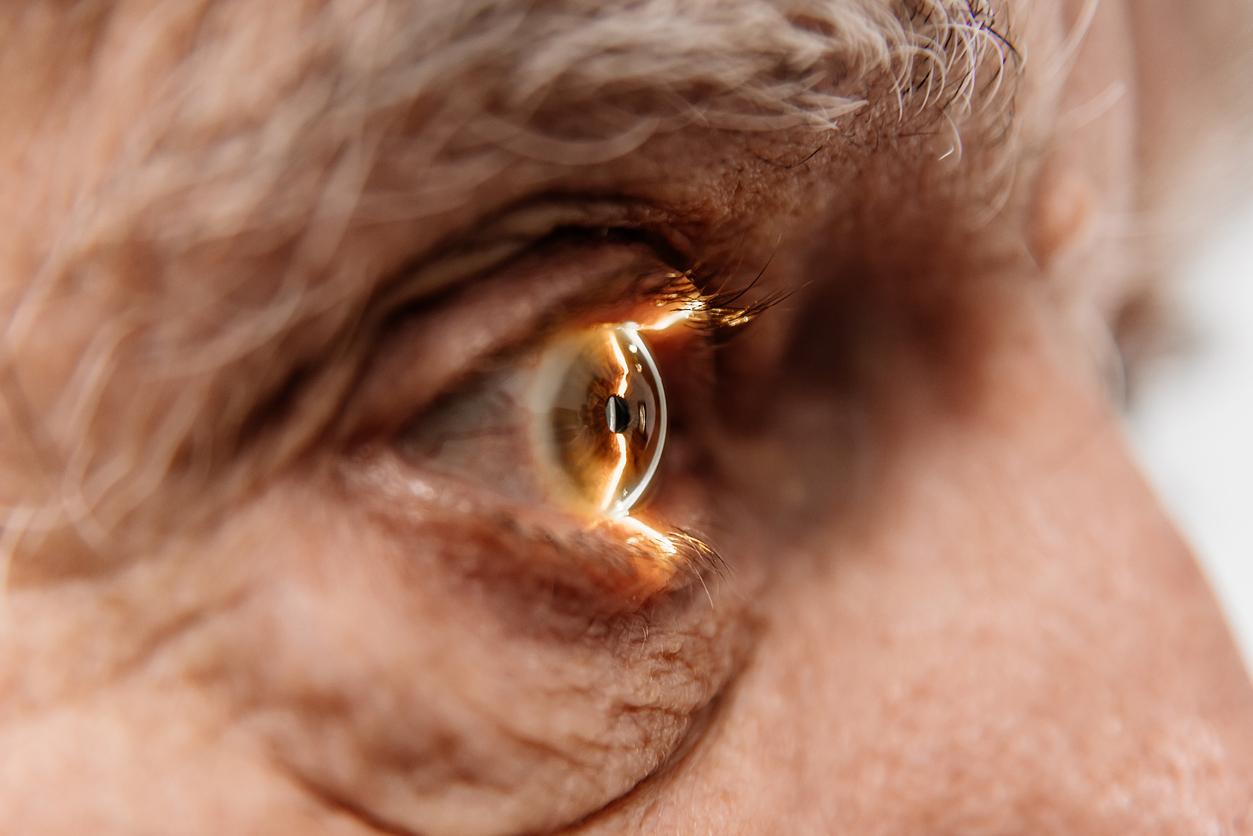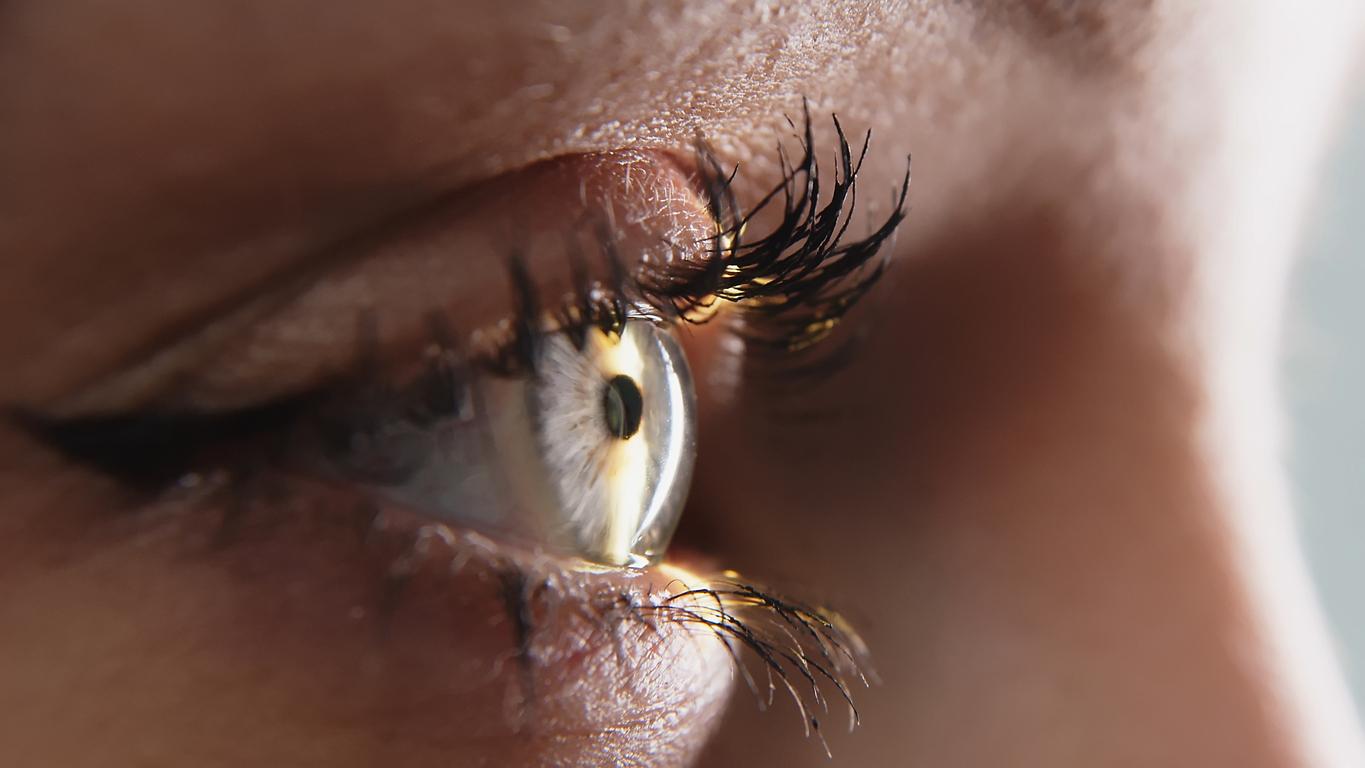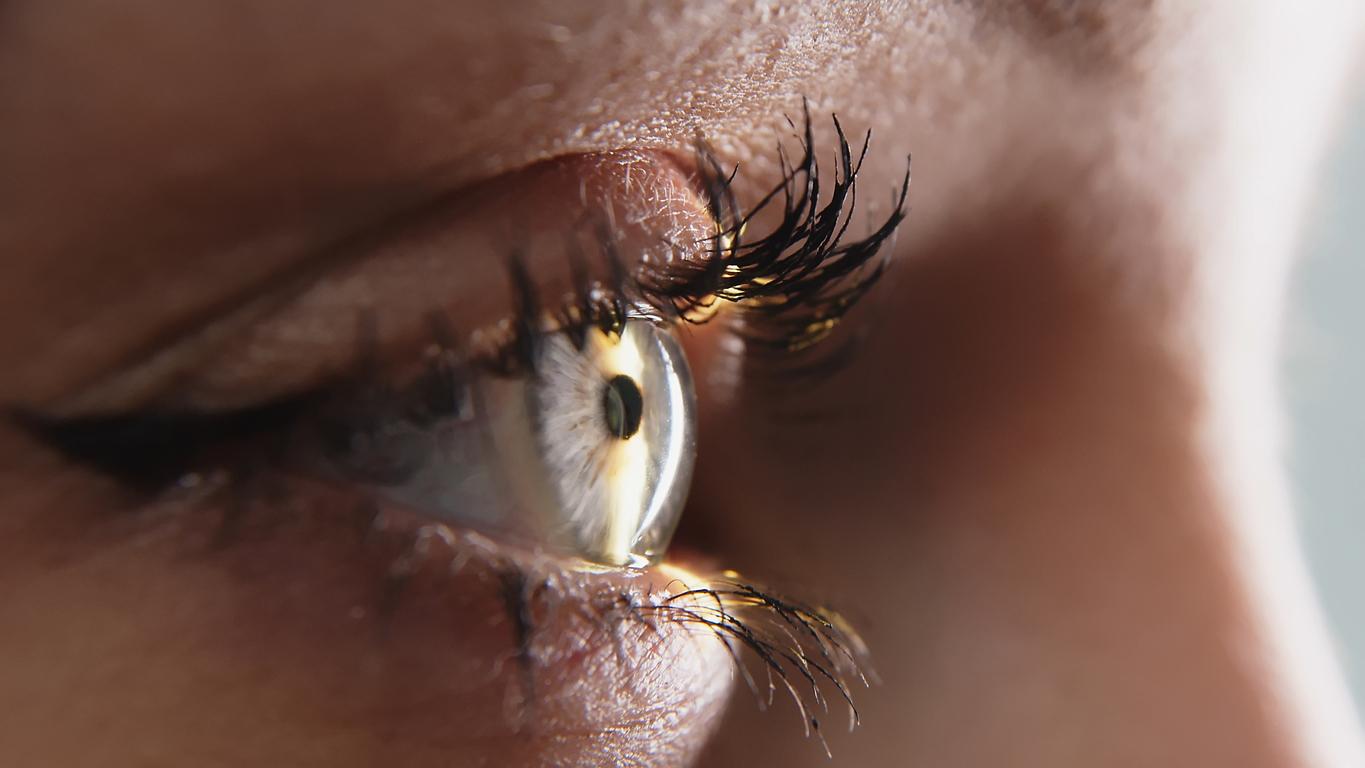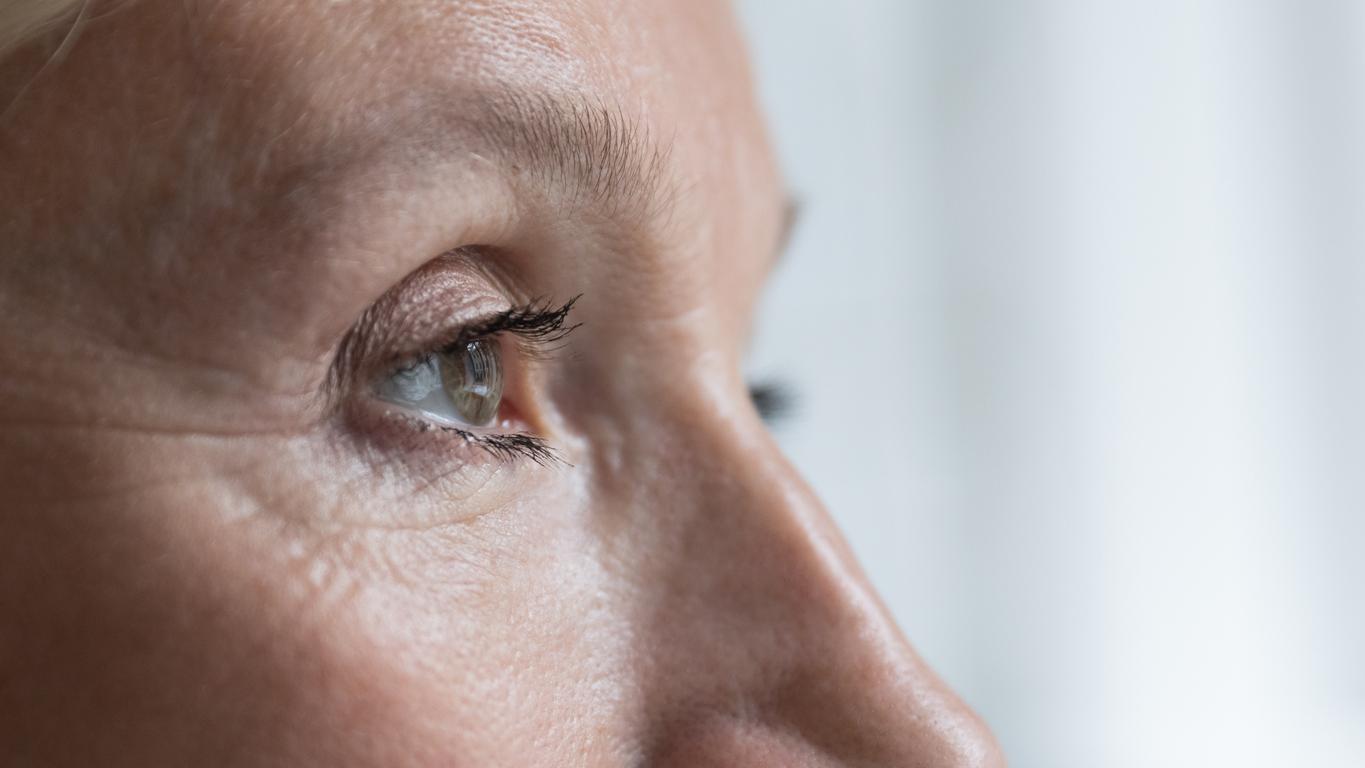Chinese scientists have demonstrated a prototype smart contact lens that measures eye pressure accurately regardless of temperature.
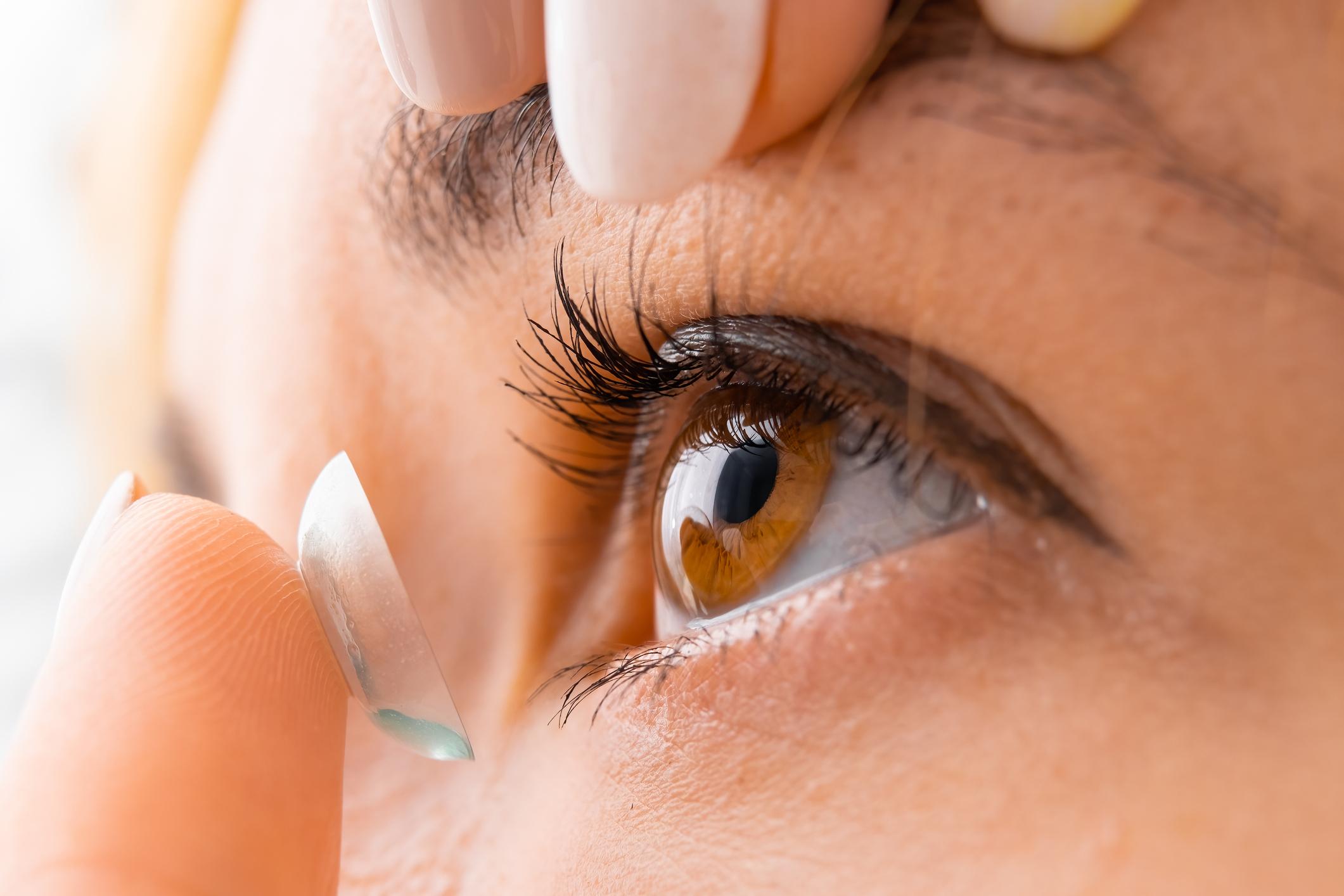
- Glaucoma, an eye disease caused by damage to the optic nerve, progresses silently for a long time.
- To detect it, Chinese researchers developed a smart contact lens containing two miniature spiral circuits, each with a vibration pattern.
- Based on tests conducted on three pig eye specimens, the device monitored and transmitted eye pressure data between 12 and 50°C.
Glaucoma is a chronic eye disease caused by damage to the optic nerve, which can cause visual impairment due to a reduction in the visual field if left untreated. Problem: This eye pathology develops at first without pain or any other signs. Thus, most people with early-stage glaucoma do not know it, although early treatment is essential to reduce vision loss. To diagnose it, doctors must detect a subtle increase in eye pressure, which is an imperceptible symptom caused by fluid buildup around the cornea. However, it is difficult to monitor it constantly, especially because of the variety of temperatures to which the eyes are subjected.
Glaucoma: a smart dual-circuit lens to measure eye pressure
This is why researchers at the Beijing Institute of Technology (China) have developed a contact lens capable of accurately measuring and transmitting real-time signals on eye pressure over a wide range of temperatures. In detail, the team designed two miniature spiral circuits, each with a unique vibration pattern that changes when stretched in tiny ways, as it does when the pressure and diameter of the eyes change. To detect pressure, she put these tiny circuits between layers of polydimethylsiloxane, a typical contact lens material.
“We wirelessly examined the vibration patterns of integrated circuits by holding a coil near the lens that was connected to a computer. The transmitted signals were unaffected by tests aimed at mimicking eye movements, prolonged exposure to moisture (to simulate wet conditions in the eye) and daily wear and tear”, declared the scientists.

The device was accurate even in the event of internal temperature variations greater than 10°C
In a study, published in the journal ACS Applied Materials & Interfaces, they tried the effectiveness of the smart contact lens in laboratory tests. The authors placed it on three specimens of pig eyes while monitoring eye pressures and temperatures. The device wirelessly monitored and transmitted pressure data between 12 and 50°C. When pressures were calculated from the signal of a single lens circuit, the results differed by up to 87% from the actual values. However, when information from both circuits was used, pressure readings differed by only 7% from the actual value, because the combination eliminated temperature-related errors.








